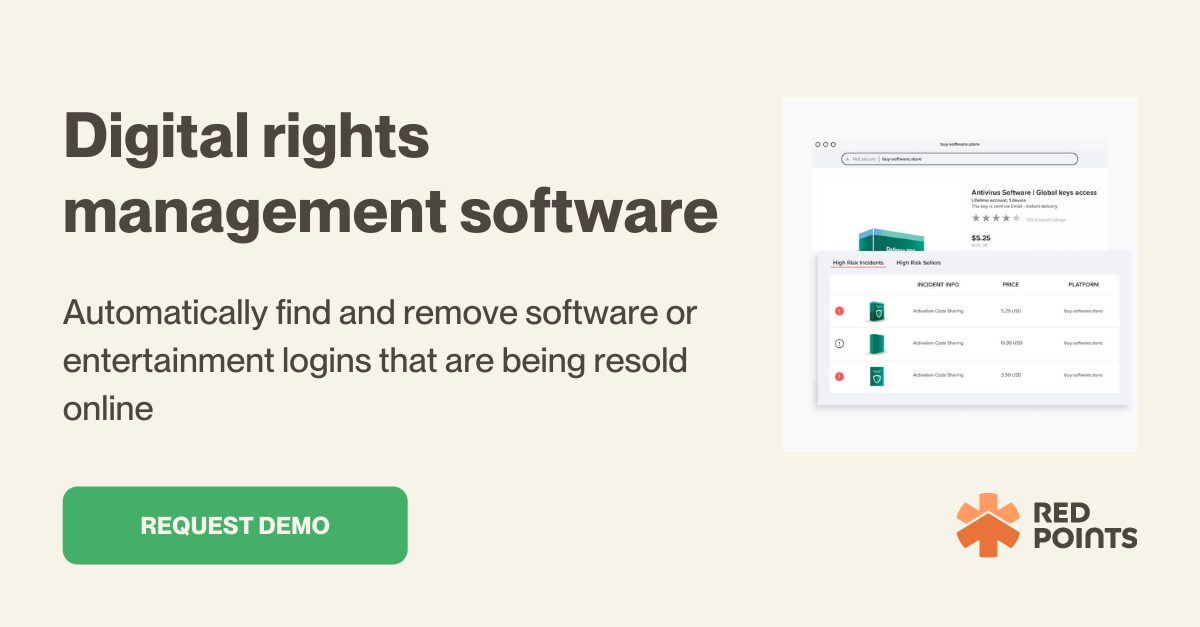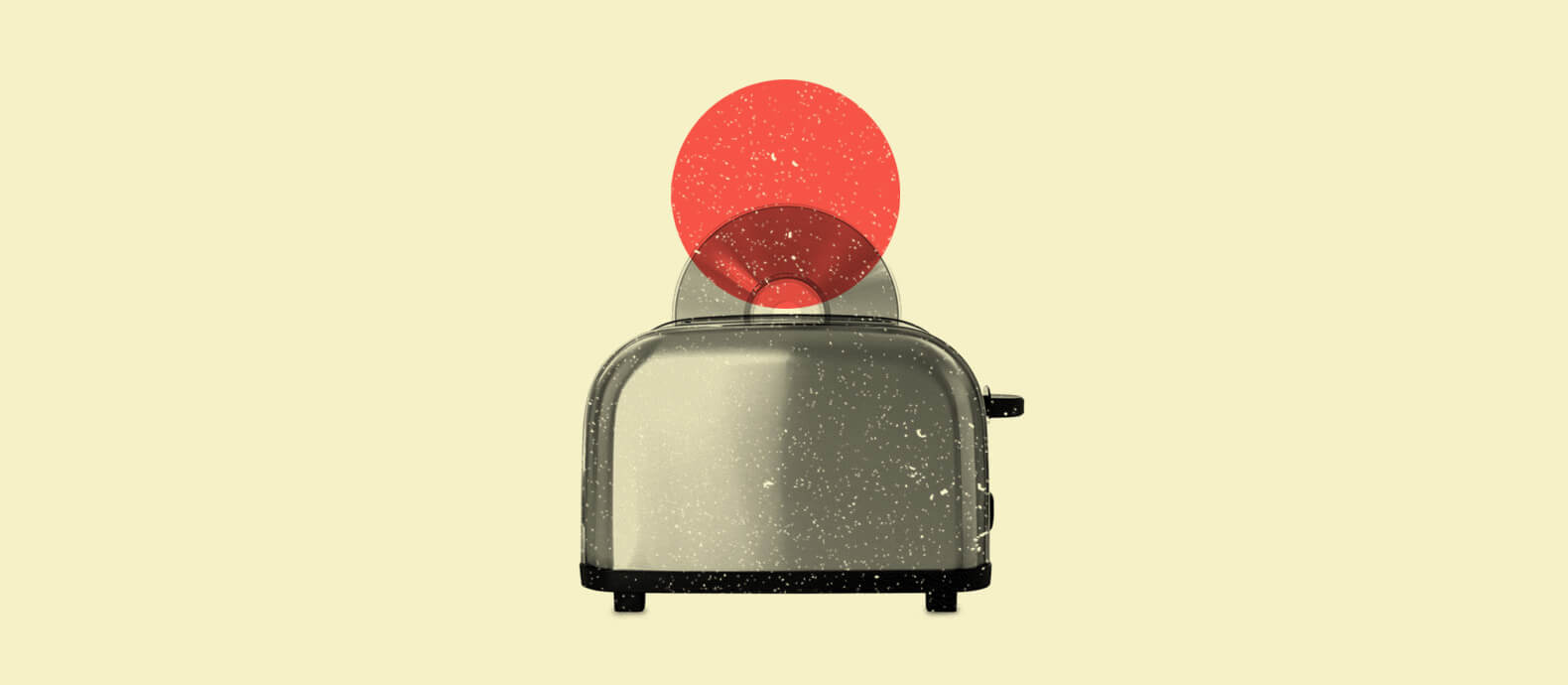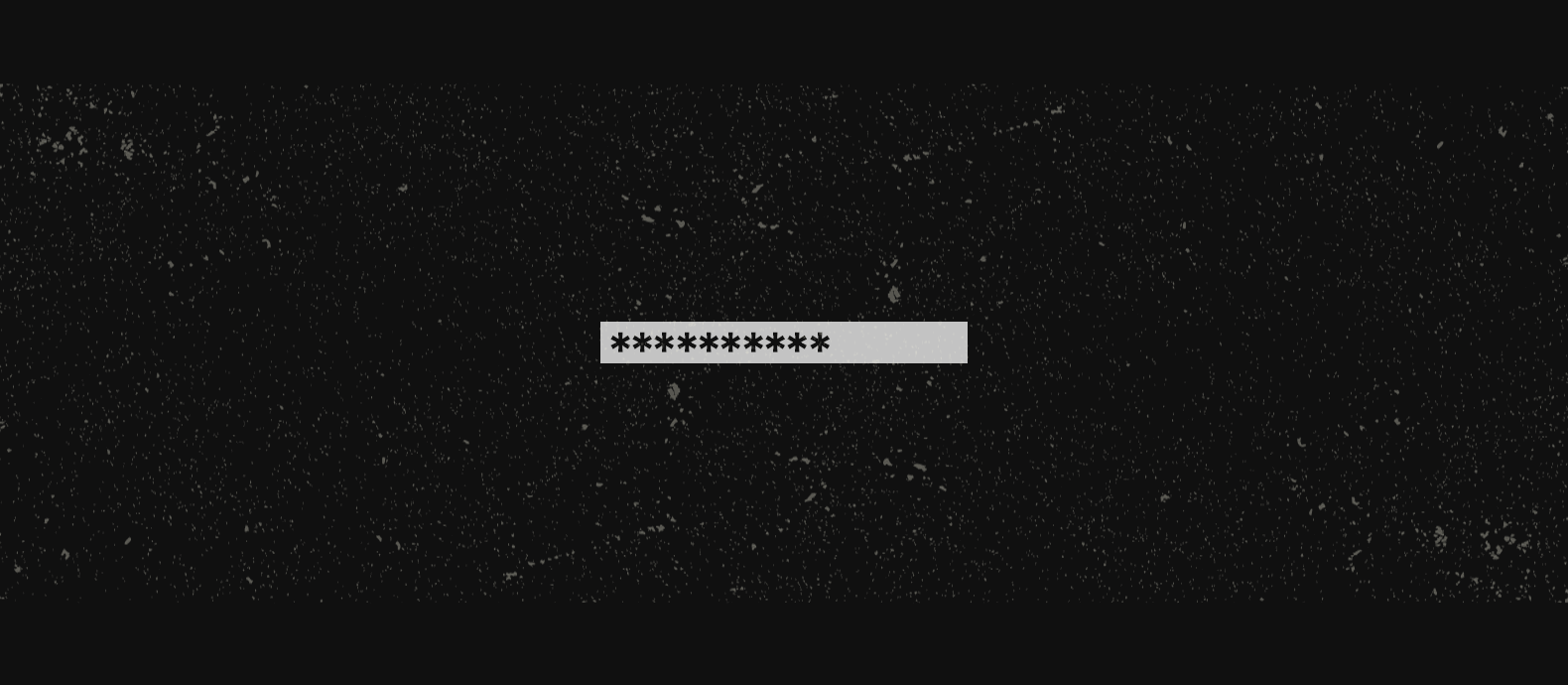Digital rights owners are exposed to the illegal reselling and sharing of credentials that give access to their copyright-protected works. This often causes severe economic consequences for brands and copyright holders. According to the US Chamber of Commerce, online piracy costs the US economy nearly $30 billion a year, which illustrates the scope of the problem.
Digital rights management (DRM) is a way to secure digital assets like ebooks, software, and other copyright-protected works from being copied, altered, or even rebranded and resold.
In this article, we clear up what DRM is and the different approaches that can be applied. You will learn how DRM protects your creative works, and innovations and how DRM software can detect and eliminate illegal activation key and credential sharing.
What is digital rights management?
Digital Rights Management comprises a number of approaches to protect copyrighted digital media in addition to traditional copyright law. Through the use of technology, DRM limits access to copyrighted works to prevent the illegal copying, modification, and distribution of those works. It allows publishers and content creators to keep control over what paying users can do with their material.
In addition to preventing the abuse of digital assets, DRM can also be used actively to detect and eliminate illegal sharing, as well as reselling of login credentials for digital assets like software and ebooks. This DRM approach is able to detect and take down illegal sharing and reselling of credentials on various platforms like marketplaces, stand-alone websites, and social media.
Why is it important to have digital rights management for your digital assets?
In today’s decentralized online world, sharing digital files has never been easier. Many users think that content should be free or that copying files is not theft. However, every unauthorized copy of digital content or software is stealing and means a sales loss for the copyright owner.
Digital piracy comes in many forms. It can be as simple as copying digital content like ebooks, music, videos or software which was bought by a friend. Others systematically profit from selling copied files, software and login keys.
Pirated works appear on different platforms including streaming sites, peer-to-peer networks, cloud services and auction sites. Additionally, cybercriminals offer login credentials and activation keys that give to access digital assets. The repercussions of digital piracy strike the creators and vendors of original works but also end-users as illegitimate copies of media and software often contain malware.
Digital rights management offers a solution for companies and copyright owners to protect themselves from the outlined risks. We will take a closer look at the benefits of DRM and its different approaches in the following sections.
What are the advantages of digital rights management?
Digital rights management offers numerous benefits for copyright owners, whether it be creators, businesses or individuals.
Retain ownership
Although copyright law protects the original works of creators, users often infringe copyrights by copying, altering, or even rebranding and selling the original work. DRM allows copyright owners to prevent alteration of their works and retain ownership. Ownership protection is also crucial in innovation processes whether it be business or science-related.
Supporting better licensing agreements and technology
DRM which generally aims to limit or restrict access to digital content often stands against the wish of users to have free and easy access and therefore look for DRM-free content. This encourages vendors and distributors to improve on licensing agreements and DRM technology.
Intellectual property education
Many users of digital products are either not aware or not concerned whether a product is copyright protected. Stealing content in the digital age is often done with a few clicks or by sharing a subscription account. Implementing DRM raises awareness of IP protection and ownership rights.
Income protection
Creators from all fields invest time, energy and money in their works and they should be rewarded for that. DRM helps to protect income streams by ensuring that only paying users who appreciate this effort have access to their works.
Protect confidential information
DRM helps organizations to keep sensitive information private and secure files from unauthorized access. Confidential information like contracts, financial documents, employee data and strategic plannings are important to protect from outside access. DRM enables companies to encrypt files and track who has viewed the information.
Revenue recovery
Digital rights owners sometimes don’t notice how much revenue they have lost due to online piracy. DRM can identify and takedown infringers that steal revenue and help owners get them back.
Avoid legal issues
Through the use of DRM, digital rights owners can prevent legal issues that arise from the illegal sharing and reselling of their works. A DRM system might save them a lot of money and time instead of spending it on lawyers and court fees.
How does digital rights management work?
DRM applies a number of approaches to protect digital assets. They either encrypt copyrighted works, limit access to them, or detect and takedown illegal credential sharing.
Encryption and Access Control
To secure digital media, creators and publishers use a combination of codes to encrypt their works and requirements from users to access the content. Such requirements can be special software, hardware or credentials like device IDs or encryption keys that users can purchase in order to use the media.
This approach enables digital rights owners to limit or prevent users from:
- Copying or sharing content
- Modifying or saving content
- Printing content
- Creating screenshots or screengrabs from content
- DRM can also limit the time or number of uses a product can be accessed
Detect and takedown credential sharings
While encryption and access control allow digital rights owners to secure their content, DRM can also be used to protect the keys and credentials that give access to that content.
This is important as users sometimes manage to identify and remove encryption codes that limit access to copyrighted works. Infringers profit from reselling and sharing those credentials on various platforms.
DRM can be used to prevent:
- Account sharing – multiple users gain access to your content under one single account
- Activation code sharing – keys are sold to multiple users to access or install your digital content
What is a digital rights management software?
Digital rights management software is a technology-based solution that helps digital rights owners prevent their digital assets from unauthorized usage. Through code encryption, access control and takedown of infringements, products like ebooks, software, documents and others can be safeguarded all-encompassing. DRM software also provides detailed analysis to track usage and infringement of access keys of digital assets.
Red Points DRM software applies a threefold approach to protect access to your digital content. Marketplaces and other platforms are scanned by bot-powered search to find online infringements. Alleged infringements are going through a validation process to prove cases. Finally, the system is able to remove and block activation keys that are infringing your digital rights.
What’s next
Digital rights management is an efficient solution to protect and enforce your digital rights online. These are the main takeaways:
- Online piracy threatens digital rights owners, companies and creators
- DRM allows content creators and publishers to keep control over what users can do with their works
- DRM software can takedown and block shared and resold credentials that violate your rights
- Using Red Points’ digital rights management software can prevent credential sharing of your digital assets






